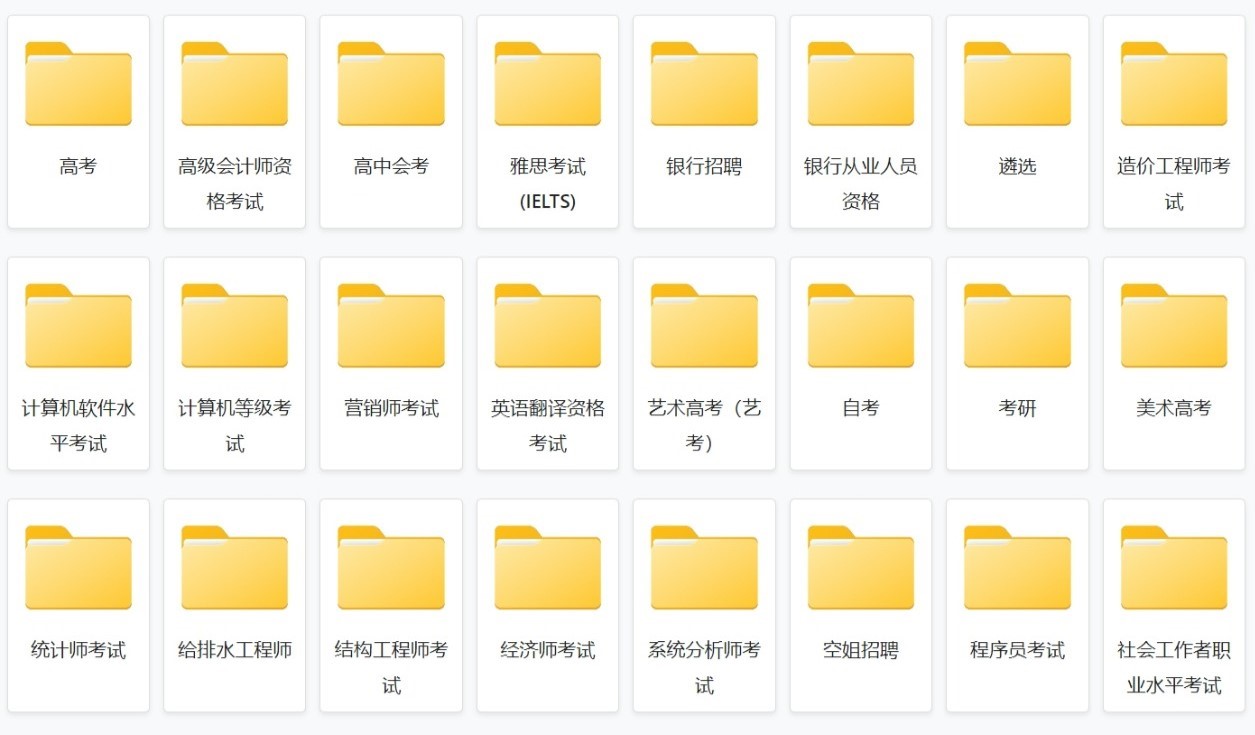从蓝牙4.2更新到Android 4.3后,使用蓝牙SPP配置文件的应用程序无法正常工作
我编写了一个基于bluetoothChat的简单应用程序。我使用SPP配置文件在电话和蓝牙模块之间进行通信。电话始终会启动通信。该应用程序在使用Nexus 3和Samsung Galaxy 3的Android 4.2上完美运行。在更新至Android 4.3之后,该应用程序不再起作用。我一直保持连接状态,可以发送输出流并接收正确的数据,但是在执行第一个outputstream命令后,应用程序总是在约6秒后断开连接。如下面的logcat所示,看起来输入流上存在计时器问题。
08-23 14:10:00.726: D/mems(23193): STEVAL-MKI106V1
08-23 14:10:00.804: D/Main Activity(23193): firmware version*setdb106V1
08-23 14:10:00.812: D/Main Activity(23193): sent message*setdb106V1
08-23 14:10:00.812: D/BluetoothMEMSCommunication(23193): dans write3
08-23 14:10:00.812: D/BluetoothMEMSCommunication(23193): envoi stream
08-23 14:10:05.812: W/bt-btif(20368): dm_pm_timer expires
08-23 14:10:05.812: W/bt-btif(20368): dm_pm_timer expires 0
08-23 14:10:05.812: W/bt-btif(20368): proc dm_pm_timer expires
08-23 14:10:11.656: E/bt-btm(20368): btm_sec_disconnected - Clearing Pending flag
08-23 14:10:11.656: W/bt-btif(20368): invalid rfc slot id: 15
08-23 14:10:11.656: I/connection(23193): connectionlost
什么是dm_pm_timer?我尝试用安全和不安全的rfcom连接另一种方式。我知道蓝牙聊天尚未针对接收缓冲区进行优化,因此我对其进行了修改,并非没有效果。我也对输出流使用了flush命令,但也没有效果。
package com.meneujj.memsbtbis;
import java.io.IOException;
import java.io.InputStream;
import java.io.OutputStream;
import java.lang.reflect.InvocationTargetException;
import java.lang.reflect.Method;
import java.util.UUID;
import android.bluetooth.BluetoothAdapter;
import android.bluetooth.BluetoothDevice;
import android.bluetooth.BluetoothSocket;
import android.content.Context;
import android.os.Bundle;
import android.os.Handler;
import android.os.Message;
import android.util.Log;
import android.widget.Toast;
public class BluetoothMEMSCommunication {
// debugging
private static final String TAG = "BluetoothMEMSCommunication";
private static final boolean D = true;
// eMotion BT h as this standard UUID
private static final UUID STANDARD_UUID =
UUID.fromString("00001101-0000-1000-8000-00805F9B34FB");
// Member fields
private final BluetoothAdapter mAdapter;
private final Handler mHandler;
private int mState;
private int handlerCalling;
private ConnectThread mConnectThread;
private ConnectedThread mConnectedThread;
// Constants they indicate the current connection state
public static final int STATE_NONE = 0;
public static final int STATE_CONNECTED = 3; // now connected to a remote device
// constructor. Prepares a new Bluetooth Connection
// context The UI Activity Context
// handler an Handler to send messages back to the UI Activity
public BluetoothMEMSCommunication(Context context, Handler handler, int i) {
mAdapter = BluetoothAdapter.getDefaultAdapter();
mState = STATE_NONE;
mHandler = handler;
handlerCalling = i;
}
private synchronized void setState(int state) {
mState = state;
Log.d(TAG, Integer.toString(mState));
mHandler.obtainMessage(MainActivityMemsBT.MESSAGE_STATE_CHANGE, state, -1).sendToTarget();
}
public synchronized void connect(BluetoothDevice device) {
// start the thread to connect with the given device
if (mConnectThread != null) {
mConnectedThread.cancel();
mConnectedThread = null;
}
// cancel any thread currently running a connection
if (mConnectedThread != null) {
mConnectedThread.cancel();
mConnectedThread = null;
}
Log.d(TAG,"routine connect lancee");
mConnectThread = new ConnectThread(device);
mConnectThread.start();
}
private void ConnectionLost() {
// Send a failure message back to the activity
Message msg = mHandler.obtainMessage(MainActivityMemsBT.CONNECTION_LOST_MESSAGE);
Bundle bundle = new Bundle();
bundle.putString(MainActivityMemsBT.TOAST_CONNECTION_LOST, "Device connection was lost");
msg.setData(bundle);
mHandler.sendMessage(msg);
Log.i("connection","connectionlost");
setState(STATE_NONE);
StopAllThreads();
}
public synchronized void StopAllThreads() {
if (mConnectThread != null) {
mConnectThread.cancel();
mConnectThread = null;
}
if (mConnectedThread != null) {
mConnectedThread.cancel();
mConnectedThread = null;
}
setState(STATE_NONE);
}
public synchronized void connected(BluetoothSocket socket, BluetoothDevice device, final String socketType) {
// cancel the thread they completed the connection
if (mConnectThread != null) {
mConnectThread.cancel();
mConnectThread = null;
}
// Cancel any thread currently running a connection
if (mConnectedThread != null) {
mConnectedThread.cancel();
mConnectedThread = null;
}
// Start the thread to manage the connection and perform transmission
mConnectedThread = new ConnectedThread(socket, socketType);
mConnectedThread.start();
// Send the name of the connected device back to the UI activity
Message msg = mHandler.obtainMessage(MainActivityMemsBT.MESSAGE_DEVICE_NAME);
Bundle bundle = new Bundle();
bundle.putString(MainActivityMemsBT.DEVICE_NAME, device.getName());
msg.setData(bundle);
mHandler.sendMessage(msg);
setState(STATE_CONNECTED);
}
public void write(byte[] out) {
// create temporary object
ConnectedThread r;
Log.d(TAG,"dans write" + Integer.toString(mState));
// synchronize a copy of the ConnectedThread
synchronized (this) {
if (handlerCalling == 2) setState(STATE_CONNECTED);
if (mState != STATE_CONNECTED) {
Log.d(TAG, "different de STATE_CONNECTED");
Log.i(TAG, Integer.toString(handlerCalling));
return;}
r= mConnectedThread;
}
r.write(out);
}
有办法解决吗?或我的代码中有任何明显的错误
谢谢
// Thread runs while attempting to an an outgoing connection with a device.
// it runs straight through; the connection either succeeds or fails.
private class ConnectThread extends Thread {
private final BluetoothSocket mmSocket;
private final BluetoothDevice mmDevice;
private String mSocketType;
public ConnectThread(BluetoothDevice device) {
mmDevice = device;
BluetoothSocket tmp = null;
try {
tmp = device.createRfcommSocketToServiceRecord(STANDARD_UUID);
//tmp = device.createInsecureRfcommSocketToServiceRecord(STANDARD_UUID);
/* try {
Method m = device.getClass().getMethod("createRfcommSocket", new Class[] {int.class});
try {
tmp = (BluetoothSocket) m.invoke(device, 1);
} catch (IllegalArgumentException e) {
// TODO Auto-generated catch block
e.printStackTrace();
} catch (IllegalAccessException e) {
// TODO Auto-generated catch block
e.printStackTrace();
} catch (InvocationTargetException e) {
// TODO Auto-generated catch block
e.printStackTrace();
}
} catch (NoSuchMethodException e) {
// TODO Auto-generated catch block
e.printStackTrace();
} */
} catch (IOException e) {
}
mmSocket = tmp;
}
public void run () {
setName("ConnectThread" + mSocketType);
mAdapter.cancelDiscovery();
try {
mmSocket.connect();
} catch (IOException e) {
try {
mmSocket.close();
} catch (IOException e2) {
Log.e(TAG, "unable to close() " + mSocketType + "socket during connection failure", e2);
}
return;
}
// reset the CoonectThread because the job is over
synchronized (BluetoothMEMSCommunication.this) {
mConnectThread = null;
}
connected(mmSocket, mmDevice, mSocketType);
}
public void cancel() {
try {
mmSocket.close();
} catch (IOException e) {
}
}
// close connectThread class
}
private class ConnectedThread extends Thread {
private final BluetoothSocket mmSocket;
private final InputStream mmInStream;
private final OutputStream mmOutStream;
public ConnectedThread(BluetoothSocket socket, String socketType) {
mmSocket = socket;
InputStream tmpIn = null;
OutputStream tmpOut = null;
try {
tmpIn = socket.getInputStream();
tmpOut = socket.getOutputStream();
} catch (IOException e) {
ConnectionLost();
}
mmInStream = tmpIn;
mmOutStream = tmpOut;
}
// Thread to listen to input sockets
public void run() {
Log.i(TAG, "Begin mConnectedThread");
byte[] buffer = new byte[1024];
// int bytes;
int bytesRead = -1;
String message = "";
// keep listening to the InputStream while connected
while(true) {
try {
// read from the input stream
// bytesRead = mmInStream.read(buffer);
// message = message+ new String(buffer, 0, bytesRead);
// byte[] byteString = message.getBytes();
Log.i("info","pret a faire read");
bytesRead = mmInStream.read(buffer, 0, 1024);
if (bytesRead != -1 && handlerCalling == 1) {
mHandler.obtainMessage(MainActivityMemsBT.MESSAGE_READ, bytesRead, -1, buffer).sendToTarget(); }
if (bytesRead !=-1 && handlerCalling == 2) {
mHandler.obtainMessage(DemoAccelerometer.MESSAGE_READ, bytesRead, -1, buffer).sendToTarget(); }
}
catch (IOException e) {
ConnectionLost();
break;
}
}
}
public void write(byte[] buffer) {
try{
mmOutStream.write(buffer);
// if (handlerCalling == 1) {
// mHandler.obtainMessage(MainActivityMemsBT.MESSAGE_WRITE, -1, -1, buffer).sendToTarget();
Log.d(TAG,"envoi stream");
// mmOutStream.flush();
// }
} catch (IOException e) {
}
}
public void cancel() {
try{
mmSocket.close();
} catch (IOException e) {
}
}
}
}
-
从Android 4.2升级到4.3后,当从我们的Nexus 4应用与外部蓝牙ECG(医疗设备)进行通信时,我们可以在6秒后确认蓝牙断开连接。这种情况特别发生在ECG测量中,其中包含大量入站数据(从ECG到Android应用),但没有出站数据。似乎不时会与某些入站和出站数据进行“正常”蓝牙通信。
6秒后,我们将看到JJM报告的相同adb日志消息
dm_pm_timer expires dm_pm_timer expires 0 proc dm_pm_timer expires btm_sec_disconnected - Clearing Pending flagAndroid端的计时器到期会触发外部蓝牙ECG上的某些事件(关闭输出流,因为没有出站数据?),这反过来又发送了我们在输入流上收到的ECG特定命令,而在Android 4.2的Nexus 4上却从未收到过。
更改Android应用程序的实现以偶尔向ECG发送任意的“保持活动”命令即可解决此问题。计时器到期时间不再显示在adb日志中,ECG测量现在的行为与Android 4.2相同。
感谢JJM的提示。

